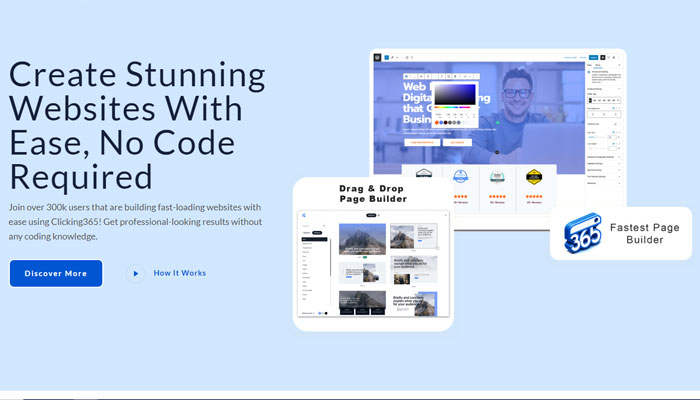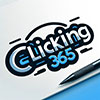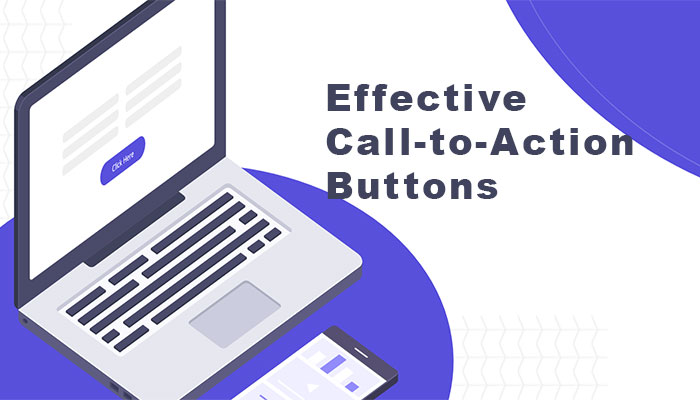Creating an effective Call-to-Action (CTA) button involves much more than just design considerations; it taps deeply into the psychology of potential customers. How do you craft a button that people feel compelled to click? Let’s explore the underlying psychological principles that can make your CTA buttons more persuasive and impactful.
Understanding the Mind of the User
Before designing a CTA, you need to understand the mind of your user. What motivates them? What are their fears, desires, and frustrations? An effective CTA button addresses these psychological factors and nudges users toward taking the desired action.
Color Psychology
Color plays a pivotal role in how users perceive a CTA button. Different colors evoke different emotions:
-
- Red: Energy and urgency, often used for clearance sales.
- Green: Positive and calming, associated with “go” or “yes”.
- Blue: Trust and security, common for finance and technology companies.
- Yellow: Optimism and cheerfulness, but should be used cautiously due to its brightness.
- Orange: Aggressive and action-driven, good for impulse buys.
When selecting a color for your CTA, consider the emotion you want to elicit and the action you want to encourage.

Shape and Size Matter
The shape and size of your CTA button also influence its effectiveness. Buttons that look like actual buttons — with a 3D appearance or shading — often perform better than flat designs. They’re psychologically more clickable because they mimic buttons in the physical world.
As for size, it should be large enough to stand out but not so large that it overwhelms the design or looks out of place. The Goldilocks principle works best here — the button size should be “just right.”
Placement and Visibility
The placement of your CTA button should follow a logical flow and be where users expect to find it, typically after you’ve provided information on the product or service. It should also stand out from the rest of the page, ideally placed in a high-contrast, dedicated space that draws the eye.
Wording That Works
The text on your CTA button is key. It should be concise but powerful, encouraging users to take immediate action. Action-oriented words like “Get,” “Start,” “Discover,” and “Learn” are effective. Personalizing the text (e.g., “Get Your Free Trial” instead of “Get Free Trial”) can also increase click-through rates by making the action feel tailored to the user.
The Principle of Scarcity and Urgency
Using psychological principles like scarcity (limited availability) and urgency (limited time) can make your CTA more effective. Phrases like “Limited Offer” or “Only a Few Left” create a FOMO effect (Fear Of Missing Out), pushing users to act quickly.
Making Use of White Space
White space around your CTA can focus attention and reduce visual clutter. This negative space, when used strategically, makes the button stand out more and can increase conversion rates.
The Power of Social Proof
Incorporating social proof, such as testimonials or user counts, near your CTA button can significantly boost its effectiveness. Knowing that others have taken the same action successfully reduces the perceived risk for new users.
A/B Testing for Perfection
Finally, no matter how theoretically sound your design is, real-world testing is crucial. A/B testing multiple versions of your CTA can reveal what works best with your audience. You can play around with color, wording, shape, size, and placement until you find the most effective combination.
CTA Buttons and Accessibility
Do not overlook the importance of making your CTA buttons accessible to everyone, including people with disabilities. Use high-contrast colors and sufficient button size to aid visibility. Provide alt text for images and ensure that screen readers can interpret your CTAs correctly. Implementing these adjustments not only opens your content to a wider audience but also reflects well on your brand’s values.
Conclusion
In conclusion, the psychology behind effective CTA buttons involves a combination of design and psychological strategies. Understanding how color, shape, size, placement, wording, and principles like scarcity and urgency sway user behavior is the key to converting clicks into actions. With these insights and the power of A/B testing, you can fine-tune your CTA buttons to resonate with your target audience and achieve better conversion rates. Remember to always prioritize accessibility to ensure every potential customer can engage with your call to action.
By considering these psychological elements and continually testing and refining your approach, you’ll move closer to crafting CTA buttons that aren’t just seen but clicked, leading to successful user engagements and conversions for your business.


0 Comments